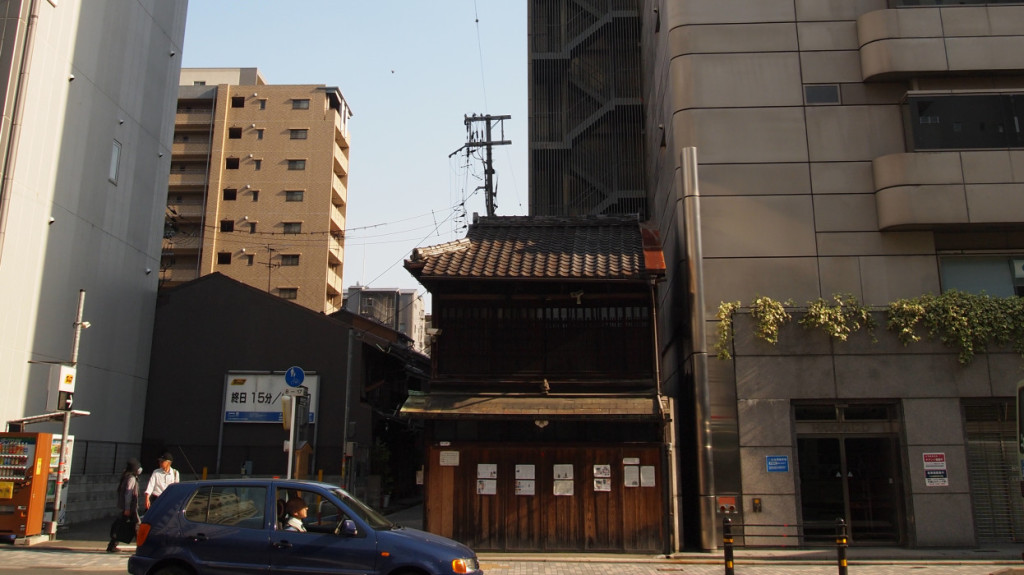EXCHANGING IDEAS ON CO-DESIGNING
Yesterday KCCC invited me to give a lecture at their office in Kyoto on the work I’ve done in Europe. I set out some of the projects I worked on, especially the projects focussing on innovation, social innovation, creativity and heritage. These were Creative Urban Renewal Northwest Europe, Material Encounters with digital cultural heritage and Artechlab. Next to this, I highlighted some of my lessons learned. The lecture can be found on Prezi. At the end of the lecture we’ve exchanged ideas on co-designing and collaboration. http://isjah.com/exchanging-ideas-on-co-designing/#more-1344













